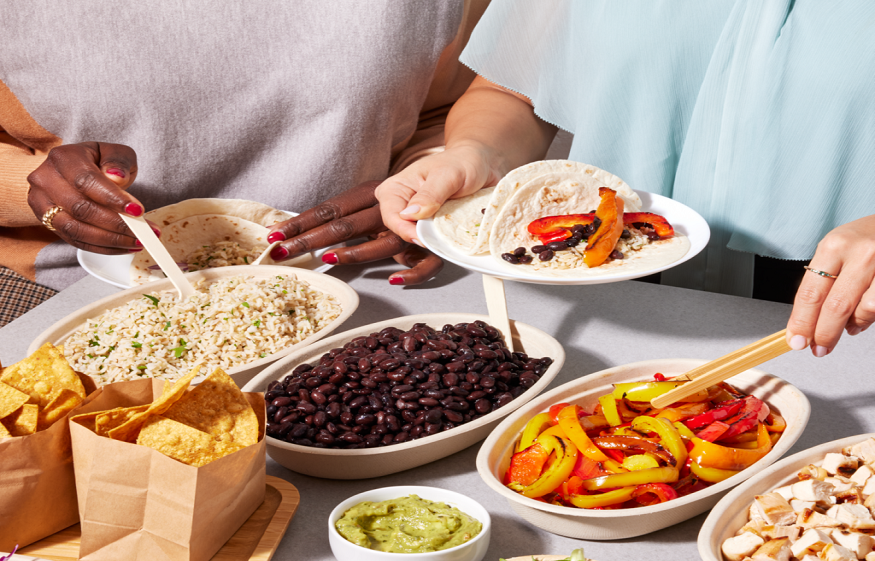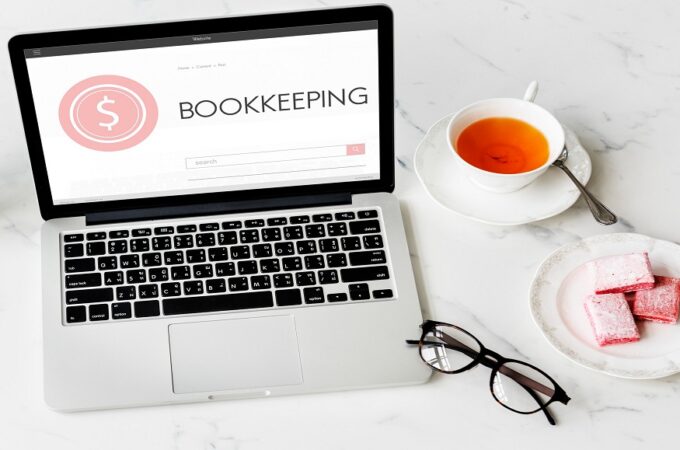
10 Essential Tips for Keeping Party Foods Fresh and Delicious
Catering a party is an exciting yet challenging task, and one of the biggest concerns is keeping the food fresh, safe, and ready to serve. Proper storage is crucial to maintaining the quality and taste of your dishes, ensuring that your guests enjoy the best flavors without any risk of spoilage. Whether you’re preparing appetizers, main courses, or desserts, knowing how to store food correctly can make a significant difference in both convenience and food safety.
Effective storage involves understanding temperature control, using the right containers, and planning ahead to prevent last-minute stress. From refrigerating perishable items to keeping crispy snacks from getting soggy, small details can impact the overall success of your party. To help you master the art of food storage, here are ten essential tips that will keep your best foods to cater for party well-organized, and ready to impress your guests.
Plan Storage Space in Advance
Before preparing large quantities of food, assess your storage space. Make sure your refrigerator and freezer have enough room to accommodate bulk ingredients and pre-made dishes. If necessary, clear out old or unnecessary items to maximize space. Consider investing in portable coolers or extra storage bins if you anticipate needing more room for chilled or frozen items.
Use Airtight Containers for Maximum Freshness
Airtight containers help keep food fresh by preventing moisture loss and blocking out unwanted odors. Use BPA-free plastic or glass containers with secure lids to store dips, sauces, and pre-cut vegetables. For dry snacks like chips and crackers, resealable bags or vacuum-sealed pouches can help maintain crispness. Label each container with the contents and date to keep track of freshness.
Keep Perishable Items at the Right Temperature
Temperature control is key to food safety. Perishable items like dairy products, meats, and seafood should be stored at or below 40°F (4°C) in the refrigerator. If you need to store hot dishes, let them cool slightly before placing them in the fridge to prevent raising the overall temperature. Use a food thermometer to ensure that items remain at safe temperatures.
Store Fruits and Vegetables Separately
Fruits and vegetables release different gases that can affect their freshness. Store leafy greens and fresh herbs in a breathable bag with a damp paper towel to maintain crispness. Keep ethylene-producing fruits like bananas, apples, and tomatoes away from sensitive vegetables like cucumbers and lettuce to prevent premature spoilage.
Pre-Portion Food for Easy Serving
Instead of storing large quantities of food in one container, divide them into smaller portions. This makes it easier to serve and reduces the risk of contamination when guests go back for seconds. For catered events, use disposable serving trays or stackable containers to organize different dishes efficiently.
Freeze Foods Strategically
If you’re preparing dishes ahead of time, freezing can be a lifesaver for the catering party service. Store soups, sauces, and baked goods in freezer-safe containers or vacuum-sealed bags to prevent freezer burn. Label everything with the date and reheating instructions for quick access. For best results, thaw frozen foods in the refrigerator overnight rather than at room temperature.
Keep Dry Foods in a Cool, Dark Place
Non-perishable items like pasta, rice, and snacks should be stored in a cool, dark pantry to maintain their shelf life. Use airtight jars or resealable bags to prevent exposure to humidity, which can lead to spoilage. For baked goods, consider wrapping them in parchment paper before placing them in an airtight container to preserve freshness.
Prevent Cross-Contamination
Store raw meats, seafood, and poultry separately from ready-to-eat foods. Keep them in leak-proof containers on the lowest shelf of the refrigerator to avoid drips contaminating other items. If you’re marinating meat, always use a covered dish and avoid reusing the marinade unless it has been properly cooked. Following these simple storage practices ensures that your ingredients remain fresh, your meals safe to eat, and your kitchen environment hygienic. Whether preparing food for a small gathering or a large catered event, proper handling and storage of raw meats are crucial in maintaining food safety and quality.
Maintain the Right Humidity Levels for Baked Goods
Baked goods require special attention to stay fresh. Cakes and pastries with creamy fillings should be stored in the refrigerator, while bread and cookies are best kept at room temperature in an airtight container. If you need to store baked goods for more than a few days, freezing them is a great option—just thaw them properly before serving.
Use Ice Packs and Insulated Bags for Outdoor Events
When hosting an outdoor party or transporting food to another location, maintaining the right temperature is essential to keep dishes fresh and safe to eat. Perishable items, especially dairy, meats, and seafood, can spoil quickly if not stored at the correct temperature. Using insulated bags and coolers with ice packs helps keep cold foods, such as salads, sandwiches, and desserts, at a safe temperature below 40°F (4°C). For added protection, pre-chill items before placing them in the cooler and avoid opening it frequently to maintain a consistent temperature.
For hot dishes like casseroles, grilled meats, or soups, thermal containers and portable food warmers help retain heat, keeping food at or above 140°F (60°C). Chafing dishes with heat packs are ideal for buffet-style setups, ensuring food stays warm throughout the event. Wrapping dishes in aluminum foil and placing them in insulated carriers also helps retain heat.
If traveling long distances, plan accordingly by packing food in secure, spill-proof containers and separating hot and cold items to prevent temperature fluctuations. By using the right storage methods, you can ensure your catered food remains fresh, delicious, and safe for guests to enjoy, no matter where your party takes place.
Proper food storage for catering food wedding is just as important as cooking when catering a party. By organizing your space, using the right containers, and maintaining optimal temperatures, you can ensure that your dishes remain fresh, flavorful, and safe to eat. Whether you’re hosting at home or transporting food to another location, these ten storage tips will help you serve the best quality food while minimizing waste and stress. With careful planning and smart storage strategies, your party catering will be a guaranteed success.





